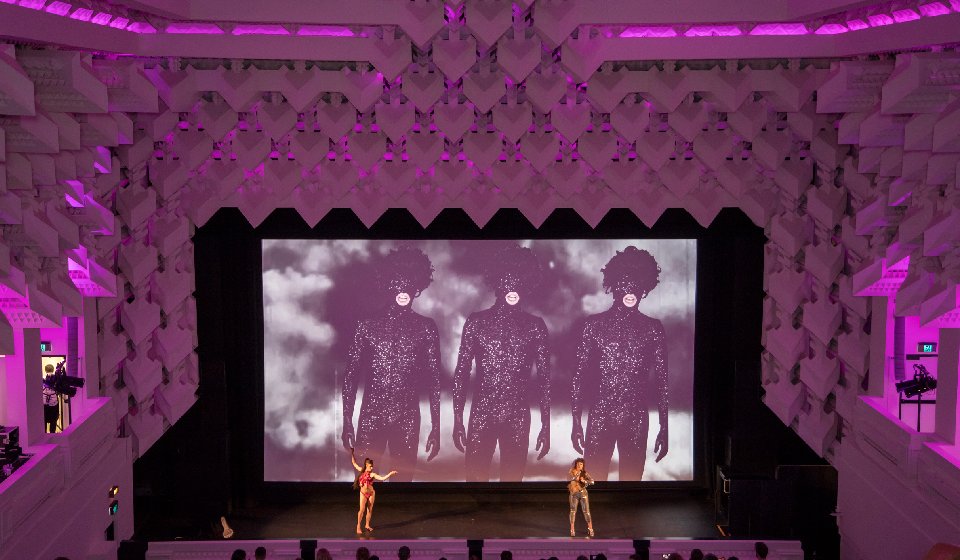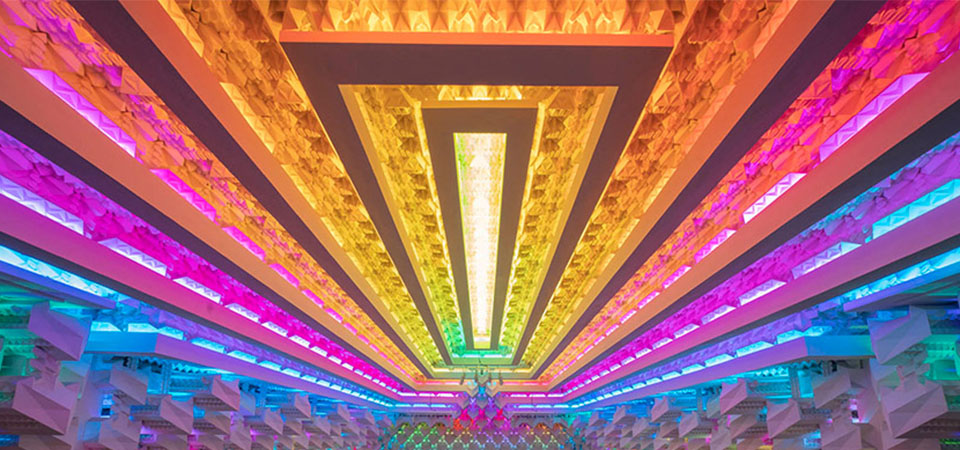The Capitol was originally built in 1924 by celebrated architects Marion Mahony Griffin and Walter Burley Griffin. The Chicago-Gothic-style theatre, then known as the ‘Capitol Theatre’, is considered their greatest interior design work. The Capitol was the first extravagant ‘picture palace’ to be built in Victoria. It originally seated over 2137 people through sweeping stalls and circles, and today the updated capacity is still a grand 574.
The theatricality of the movie-going experience is made more spectacular by the unique light displays in the crystalline ceiling, often choreographed to play in time with live orchestral scores during the silent film era. Originally lit by incandescent globes in red, yellow, blue and green, today the ceiling displays are controlled by a digital matrix of hundreds of LED bulbs and data points – to the same utterly mesmerising effect.
The Capitol has been through several iterations of upgrades and modifications since 1924. RMIT University purchased the Theatre in 1999, running lectures during the day and hiring out to festivals on evenings and weekends. By 2014 it had fallen into critical disrepair, and the University closed the Theatre’s doors, readying it for the makeover that you see today. RMIT worked with Six Degrees Architects to restore The Capitol to its former glory and make considerable upgrades to the building - reopening in mid-2019.
Today we’re a community of culture lovers, not only focused on our first love – cinema – but on new media, creative arts, screen technology, design, performance and LED-powered, eyes-open dreams. For forthcoming events at The Capitol presented by RMIT and alongside our partners, please see here.


